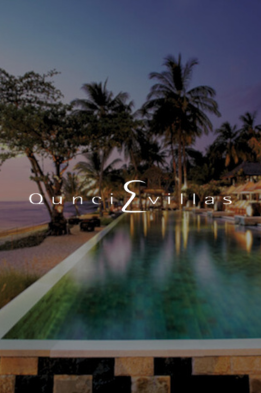What is hotel design?
Hotel design is the craft of creating spaces within a hotel that are both aesthetically pleasing and functional, tailored to enhance the guest experience while reflecting current trends and consumer preferences.
Hotel design is no different to any other global medium. It’s dependent on trends that stem from the attitudes and preferences of consumers.
Design is constantly changing because people always have new ideas about how they want to experience their life. This includes the food they eat, clothes they wear, car they drive, house they live in, electronics they use, and of course the hotel they visit.
The hotel industry is one that constantly yearns for innovation, given its global and competitive nature. All hotel brands want to differentiate themselves but at the same time, innovation and experimentation needs to be balanced with economic responsibility if the hotel is to be successful instead of a gimmick.
Trends of recent years have focused on localised design, lifestyle-centric hotels, and lively public areas. Is hotel design likely to continue in this way or will a new philosophy forge a path into the future?
Table of contents
Why is design an important aspect of hotel architecture?
Design is crucial in hotel architecture because it significantly impacts the guest experience. A well-thought-out design combines aesthetics with functionality, making spaces both attractive and practical. It reflects the hotel’s brand and connects with guests by incorporating local cultural elements.
Good design also improves operational efficiency and supports sustainability, which can enhance the hotel’s reputation as innovative and environmentally conscious. Overall, effective design helps ensure that guests have a positive stay and view the hotel as a modern, guest-focused destination.
Bring your hotel to life online with SiteMinder’s smart platform Ensure your online presence is as inviting as your hotel itself with our features ideally suited for medium to large hotels.
Key things to consider in a hotel exterior design concept
When conceptualising the exterior design of your hotel, there are several key elements to consider that can significantly impact the impression and functionality of your property:
What is your architectural identity?
The exterior design should reflect the brand’s identity and values, creating a memorable first impression. This involves choosing a design that aligns with the hotel’s image—whether it’s luxury, boutique, or family-friendly. The architecture can serve as a visual storyteller about the kind of experience guests can expect.
How will you fit with the local context and culture?
Integrating local architectural elements and materials can help the hotel blend with its surroundings and reflect the local culture and history. This not only enhances aesthetic appeal but also appeals to guests looking for a local experience.
How can you remain functional and accessible?
The practical aspects of hotel design include ensuring easy access for both guests and service deliveries, effective traffic flow, and safety. The layout should facilitate smooth operations and provide for amenities like parking, drop-off points, and disability access.
How can you make your design sustainable?
Eco-friendly design is increasingly important in the hospitality industry. Consider using sustainable materials, green roofing, energy-efficient windows, and incorporating natural landscaping. These features can reduce environmental impact and appeal to eco-conscious guests.
How will you incorporate hotel exterior lighting and signage?
Proper lighting enhances the hotel’s visibility and safety and creates an inviting atmosphere. Thoughtful placement of lights can highlight architectural features and landscaping effectively. Signage should be clearly visible and reflect the hotel’s branding, helping to guide and inform guests from the moment they arrive.
The best colours for exterior hotel lighting include warm white for a welcoming ambience, cool white for a modern look, soft yellow for a classic touch, amber to reduce wildlife disruption, RGB LED for dynamic colour changes and blue to highlight water features and convey calmness.

The future of hotel design
Modern consumers are more complex and harder to understand than any that have come before them. The celebration of globalisation and individualism has been the death of a cookie-cutter or one-size-fits-all approach for marketers in any sphere – including hotels.
A general trend that does exist is the obsession with personal well-being. The battle against ageing and the desire to optimise personal fitness have never been so front-of-mind. This has been reflected by the rise of wearable technology and an influx of content on blogs and social media.
But has it been mirrored in the hotel sector? In general, fitness facilities in hotels have remained largely traditional. It’s something that should, and is likely to, change heading into the future.
Examples of the best hotel design ideas
Modern hotel design
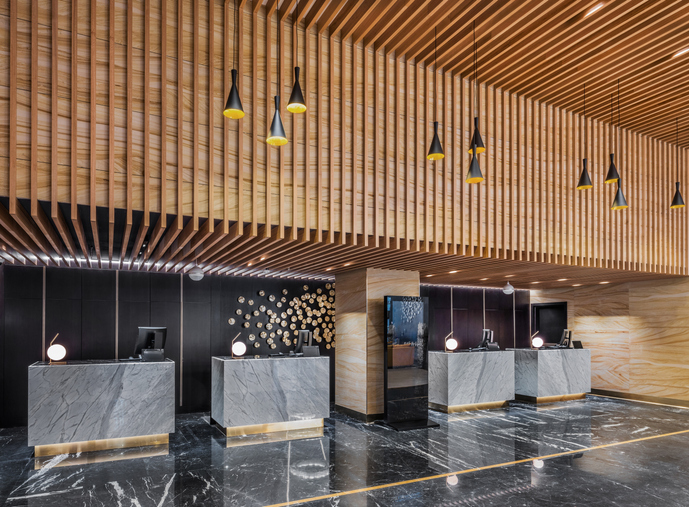
Modern hotel designs often feature minimalist aesthetics, with clean lines and a neutral colour palette enhanced by bold, contemporary art pieces. The use of glass and steel is prevalent, creating open, airy spaces that incorporate natural light. Smart technology like digital check-ins and room controls are also integral, offering convenience and a sleek interface for guests.
Boutique hotel design
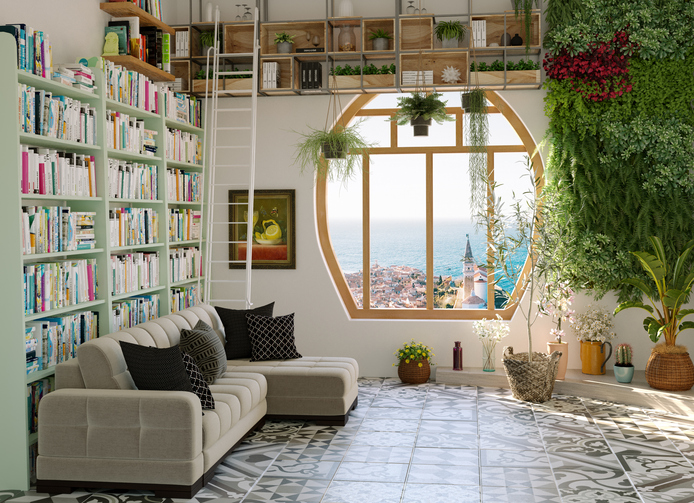
Boutique hotels are characterised by their unique themes and personalised experiences. Design elements are often eclectic, mixing vintage and modern decor to create a distinctive and intimate atmosphere. These hotels might feature locally sourced art, bespoke furniture, and vibrant colour schemes that reflect the local culture or the particular theme of the hotel.
Luxury hotel design
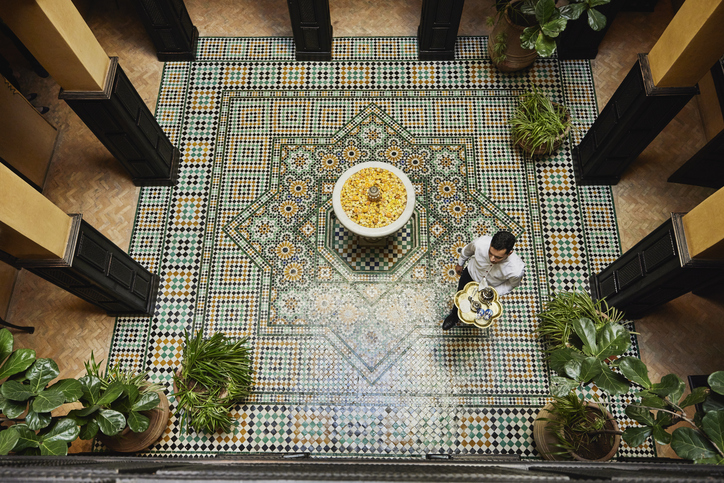
Luxury hotel design focuses on opulence and comfort, with an emphasis on grandiose spaces that feature high-end materials such as marble, silk, and velvet. Lighting is crucial and is often composed of statement pieces like chandeliers or designer lamps. Luxurious amenities such as spa-like bathrooms, expansive suites, and gourmet dining areas are typical features.
Sustainable hotel design
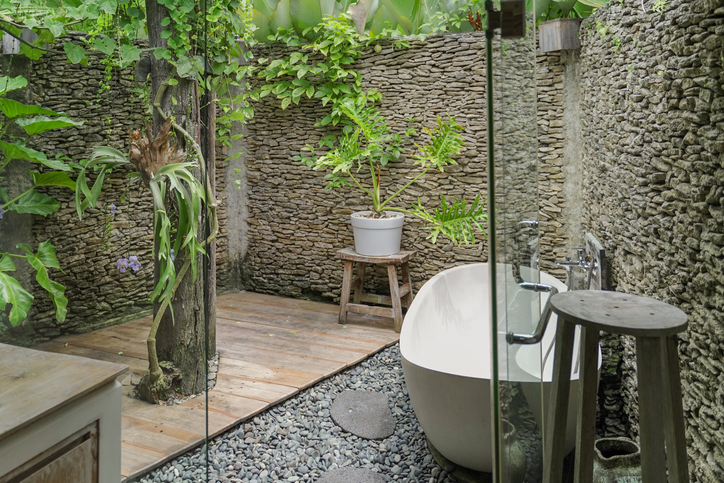
Sustainable hotel designs prioritise eco-friendly practices and materials, aiming to minimise environmental impact while maximising energy efficiency. This might include the use of renewable energy sources, green roofs, and water recycling systems. Interiors often feature natural materials like reclaimed wood and stone, and the architecture is designed to take advantage of natural heating, cooling, and lighting to reduce energy usage.
